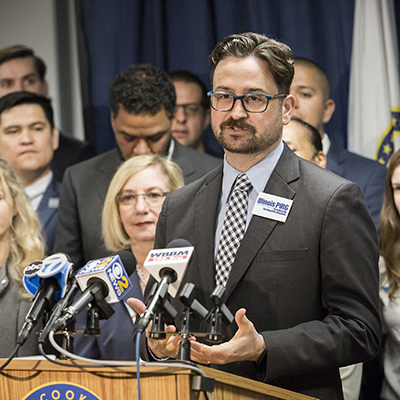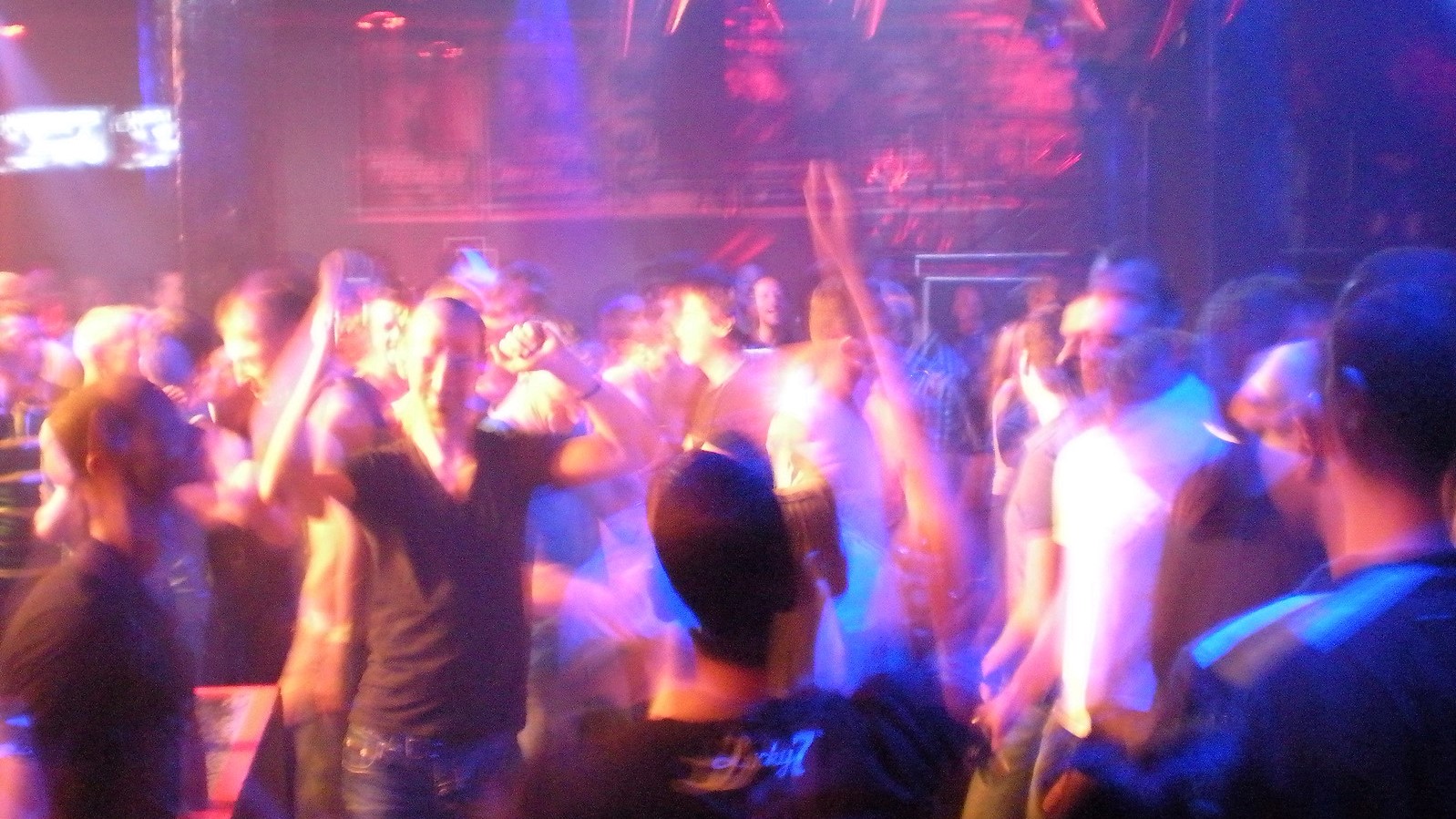
Superspreading events pose outsized risk of COVID-19 transmission
Public health experts are starting to draw actionable lessons about the nature of how COVID-19 spreads. In addition to maintaining best practices –physical distancing, mask wearing and hand washing – it’s best to avoid extended, crowded indoor gatherings.

As some states begin to relax restrictions aimed at slowing the COVID-19 pandemic, public health data should guide their decisions. New studies that draw on data gathered during the first wave of infections reaffirm the danger of superspreading events – where some combination of an especially infectious individual and conducive conditions lead to large numbers of new infections A 2005 study in Singapore found that “six percent of cases accounted for 80 percent of [SARS] transmissions.” The same appears to be true of COVID-19.
A preliminary paper tracing 1000 cases in Hong Kong found that “superspreading has overwhelmingly contributed to the transmission of [COVID-19] in the city overall.” Out of 349 local cases, 196 were linked to just six superspreading events. A study by the Lancet of Chinese COVID-19 cases found “80 percent of infections being caused by 8-9 percent of cases.” Another study examining worldwide data found 80 percent of transmissions were caused by around 10 percent of total cases, pointing to the “high degree of individual-level variation in the transmission of COVID-19.”
Events such as parties, funerals and choir practices have proven to be hot spots for transmitting the virus; so too have locations such as fitness centers, meatpacking plants and call centers. “It is now pretty clear that large groups of people close together are good opportunities to spread the virus,’’ said Marc Lipsitch, professor of epidemiology at the Harvard T.H. Chan School of Public Health. Even better opportunities for the devastatingly social virus are situations that also involve recirculated air, heavy breathing and extended periods of time.
What does this information mean for us as we start venturing out in public? Most importantly, risk exists on a spectrum, and on the far end are activities that are truly too risky to accept. To protect ourselves and others, we should all do our best to avoid crowded, commotion-filled indoor spaces. Those events are the most likely to bring lots of the general population into contact with the small cohort of superspreaders – and reducing that contact is one of the only ways to significantly reduce the spread of infection.
With this knowledge, the need for hospitals to secure adequate supplies of personal protective equipment takes on added importance. So too does the need for expanded contact tracing and testing capacity, to give people a heads-up that they’ve been exposed to the virus before they spread it to others. And we’re going to need to stay cautious for a while, because superspreading events “are associated with both explosive growth early in an outbreak and sustained transmission in later stages.”
Each of us can do our part by wearing a mask and maintaining appropriate distancing. And some scientists suggest we can prevent future outbreaks without returning to lockdowns or extreme social distancing by focusing on preventing superspreading events. Policy responses that recognize the risk of these events and offer solutions to overcrowding can open up a wider range of safer activities for us all.
Cover photo: Nightclubs contain a confluence of risk factors. Photo credit JasonParis via Flikr, CC BY 2.0.
Authors
Abe Scarr
State Director, Illinois PIRG; Energy and Utilities Program Director, PIRG
Abe Scarr is the director of Illinois PIRG and is the PIRG Energy and Utilities Program Director. He is a lead advocate in the Illinois Capitol and in the media for stronger consumer protections, utility accountability, and good government. In 2017, Abe led a coalition to pass legislation to implement automatic voter registration in Illinois, winning unanimous support in the Illinois General Assembly for the bill. He has co-authored multiple in-depth reports on Illinois utility policy and leads coalition campaigns to reform the Peoples Gas pipe replacement program. As PIRG's Energy and Utilities Program Director, Abe supports PIRG energy and utility campaigns across the country and leads the national Gas Stoves coalition. He also serves as a board member for the Consumer Federation of America. Abe lives in Chicago, where he enjoys biking, cooking and tending his garden.
